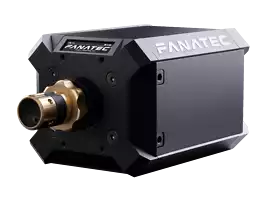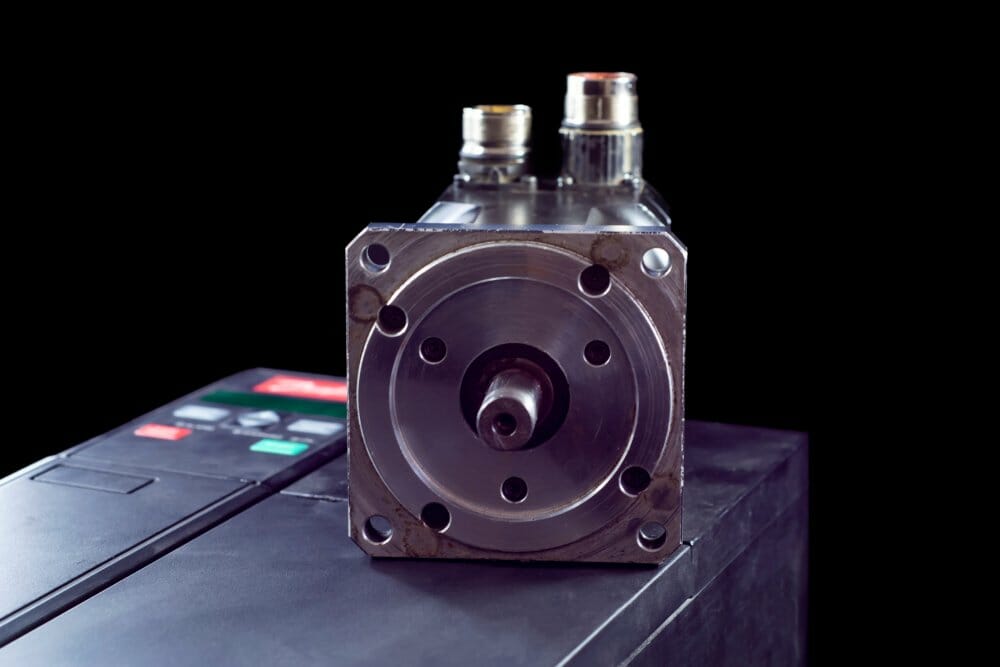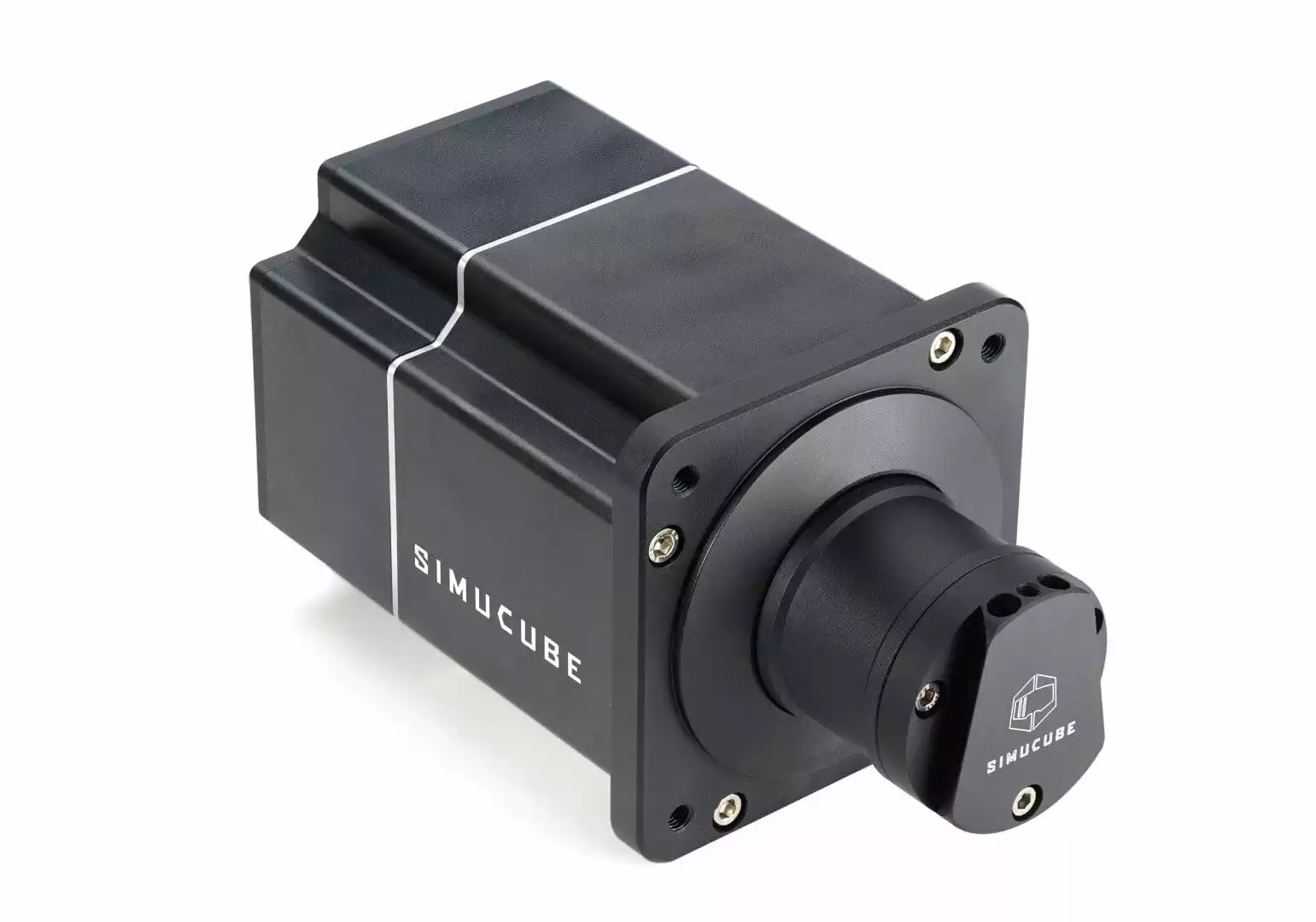Sometimes you want to be a racing driver and an engineer. Sometimes you feel like you have more in common with Niki Lauda than you do with Hamilton. If you see yourself in either of those two categories, then building an Open Sim Wheel might be for you.
Contents
What Is Open Sim Wheel?
Open Sim Wheel is the challenging yet rewarding process of building your own direct drive wheel. This means that you’ll end up with an incredibly immersive sim driving system tailored specifically to your wishes, and made by your own hands.
The project originally started as a community of individuals who wanted a powerful direct-drive system, and thought this could be done better and cheaper than a commercially available direct-drive wheel base.
Open Sim Wheel is somewhat like the recent movement to build your own PC. It’s hard work and can be quite difficult, but allows you unparalleled freedom.
Pros and Cons
As mentioned, building an Open Sim Wheel can have several advantages over mass-produced direct-drive wheels:
- Customisation. You get to choose exactly how your setup behaves and what parts you want to use.
- Cost. Though not inexpensive, Open Sim Wheel allows you to build a top-notch direct-drive system for less than most premade models.
- Adaptability. If you find that you’d like to upgrade your wheel to use a new part, all you need to do is reassemble the setup with the new part.
- Detailed force feedback. This isn’t exclusive to Open Sim Wheel, but the force feedback you get from a custom wheel will rival the best direct-drive wheels out there.
Of course, there are some cons with anything you build yourself, and they can have some serious costs tied to them:
- Difficult. Building an OSW setup is no simple task. It requires you to know what parts are compatible, and how to connect and configure them, among other technical details.
- Cost. While a finished Open Sim Wheel can be quite inexpensive, a single mistake can be very costly. If, for example, you pick an encoder which is not compatible with the motor and/or controller you chose, then you have to replace it. These small costs can pile up very easily.
- Easier alternatives: If you aren’t 100% certain you’ll manage with the assembly side of an Open Sim Wheel, then there are similarly priced alternatives which come ready to race.
Cost
The cost of an Open Sim Wheel depends on which parts you choose and the shipping or import fees that apply. Some claim to have built their wheel for just over $600, while others have spent several thousand.
On average, though, we’d say that you can expect to spend a total of around $1000 building an Open Sim Wheel, which is what you’d expect to pay for a commercial direct drive wheel base like the Fanatec Podium DD1.
If you want to know exactly how much your Open Sim Wheel will cost, the best thing to do is make a list of all the parts you intend to use, and their shipping costs. You’ll also need to check whether the parts you’re planning on using are subject to import tariffs.
Is It Worth It?
As with any peripheral, it’s very difficult to make a blanket statement as to whether an Open Sim Wheel is worth it. It’s even more difficult in this case, since not only are you investing money in the parts, but you’re also investing time in the build.
If the challenge of building a wheel is something that interests you, then we think you’ll enjoy Open Sim Wheel. But if you’re not too interested in the build itself, and just want a great direct-drive wheel, then we think there are other great alternatives.
Open Sim Wheel Alternatives
If you don’t care for the DIY experience of Open Sim Wheel, there are a couple of excellent alternatives. These wheel bases come pre-assembled, with, and offer a very similar racing experience to that of OSW.
Fanatec Podium DD1 and DD2
 Fanatec Podium DD1
Fanatec Podium DD1
The Fanatec Podium DD1 and Podium DD2 might just be the two most popular direct drive wheel bases on the market, and for good reason! They both tick all of the boxes for an excellent sim racing wheel, with unparalleled force feedback, endless customization options, and a whole ecosystem of compatible games and accessories. For most, the Podium direct drive wheel bases are the main contenders when deciding whether or not to build an Open Sim Wheel.
Simucube
Simucube is a brand that produces three top-tier wheel bases: the Simucube Ultimate, the Simucube Pro, and the Simucube Sport. All of these wheels provide a racing experience which closely rivals that of even the best Open Sim Wheel builds, since they’re made of similar parts.
Accuforce V2
Another great choice is the Accuforce V2. Its predecessor, the Accuforce V1, came out during the height of Open Sim Wheel’s popularity. The two were seen as close rivals, with OSW being the preferred choice at the time.
Since then, Open Sim Wheel’s popularity has died down a bit, and the highly impressive Accuforce V2 was released. As a result, we think it’s also a great pick for those who want a top-notch direct-drive wheel, without having to worry about the build.
How to Build an Open Sim Wheel
If instead you prefer to build your own wheel, we’ve prepared a list of all the parts you need. Of course, you’ll have to do some of your own research and make sure the parts are compatible, but this should still be a handy introduction to the topic.
Parts List
Building an OSW will require the following basic parts:
- Servomotor
- Servo drive
- Clamping set
- Power supply unit (PSU)
- Controller
- Dsub connector and case
- Breaking resistor
- Wheel rim
- Paddle shifters
Hardware Choices
In the following section we’ll provide some of the best choices for some pieces of hardware. We won’t cover every single option for every single part, but will try to provide as wide a range of material as possible.
Servomotor
- 130ST-M10010 Small MIGE Servo Motor (very detailed, not as much torque)
- 130ST-M15015 MIGE Servo Motor (a lot of torque, but not as much detail)
- MCS12H15L Lenze Servo Motor (most expensive but highest quality)
Servo drive
- IONI Pro
- IONI PRO HC
- Argon (older but still great, will require you to pick up a USB to RJ45 adapter like the Cable Matters USB to Ethernet Adapter)
- VSD-E (cheapest option, not recommended)
Clamping set
- Asher Racing servo clamping set + 70mm adapter
- Asher Racing Buchfink Q1R base side (quick release set, ideal when using multiple wheel rims)
Be sure to check the size of your servomotor.
Power supply unit
- SNT RS 25 24
- EDR-75-24
- Tomzn 600W 48V 12.5A 220V input Single Output Switching power supply
Be sure to check what power the servo drive needs.
Controller
- BlueHid BC
- STM32F4 Discovery (comes with an adaptor board, which will save you from needing extra connectors)
Dsub connector and case
- H7VXH-1506M
- D-SUB ST 15
- 5501-15PA-02-F1
- MHDPPK15-LG-K (case)
Breaking resistor
- HSC25082RJ
- Argon Regenerative Resistor (for the Argon)
The resistor will prevent you from overcharging the capacitors of the servo drive. Make sure to use the right settings or you risk it getting dangerously hot.
Wheel rim
- Sparco P104 Sport
- Momo Mod27D 290mm
- OMP Trecento
- QSP 300mm Leather Rim
Most rims work but be sure to check the specs.
Paddle shifters
- Asher Racing Paddle Shifter (complete set)
Tools Needed
In order to build your OSW you will need the following tools. Depending on the parts you choose, you may need fewer or more tools:
- Soldering iron
- Screwdriver
- Allen keys
- Wire stripper
- Drill
Open Sim Wheel Kits
In the past, companies such as Sim-plicity used to provide Open Sim Wheel kits, like the Self-Assembly Direct Drive Wheel Kit or the Pre-Tested Partially Assembled Direct Drive Wheel Kit. These kits would include all the parts you need to build an OSW in one box. Unfortunately, both have since been discontinued.
If you do manage to find a ready kit, say from a forum user, there are a few pros and cons to bear in mind. The main benefit is that you can be certain all of the parts included in the kit work together. If you are not an expert on DIY electronics, this can save you quite the hassle of trying to figure out compatibility. The other benefit is a reduction in shipping costs. As all the parts are sent directly from a single source, you’ll only have to pay for shipping once.
That being said, there are some notable drawbacks of buying an OSW kit. The kit will likely cost more than if you were to buy all the parts separately. This is because the third-party seller needs to make a profit from your purchase. Second, if your interest in OSW lies in being able to personalize your setup, it makes no sense to buy a kit that others have assembled; instead, you might as well buy a commercial direct-drive wheelbase.
Open Sim Wheel Software
In order to utilize the hardware within your OSW, you’ll have to install some dedicated software. Let’s briefly look at the three main pieces of software for an Open Sim Wheel.
Granity
A lot of the hardware you will have bought will be from the Granite Devices store. This is the prime store for all things related to OSW. Granity is the configuration software tool for these devices. If you have an IONI, ATOMI or ARGON you will need this.
MMos
Admittedly this is not so much a software as it is a configuration file. MMos is an implementation of force feedback based on the STM32F4 Discovery Board. Thankfully the files themselves are available here (you will have to register to the German forum board to download it).
STM32 ST-LINK Utility
This is the software needed for your controller board. You will use it to flash your own custom MMos firmware onto the STM32F4 Discovery Board.
What is Project Bruteforce for Open Sim Wheel?
Project Bruteforce is a section in the iRacing forums dedicated to Open Sim Wheels. They setup and test cheap but high quality setups for direct-drive wheels. Unfortunately to access the forum you must have an iRacing account. That being said, if you do and are interested in creating your own OSW, we highly recommend giving Project Bruteforce a look.
Final Thoughts
The future of Open Sim Wheel is double-edged. On one hand it is no longer as popular as it once was. The advent of high quality and cheaper wheels has made creating your own less palatable for many. That being said, the customisable aspect of building your own wheel, coupled with satisfaction that racing on your own system, will make it so OSW will never truly die. A fanbase for it will always exist, and newer servomotors and boards will eventually trickle out for constant upgrades. Many though that the OSW project would die out after years of which lacked new materials, but that is simply not true. In fact Simucube has released many standalone parts which can work with an OSW. This constant small trickle of hardware updates, coupled with the inherent love we have for building our own stuff, means that Open Sim Wheel will keep on going strong in 2021.
Last Updated on April 16, 2021


